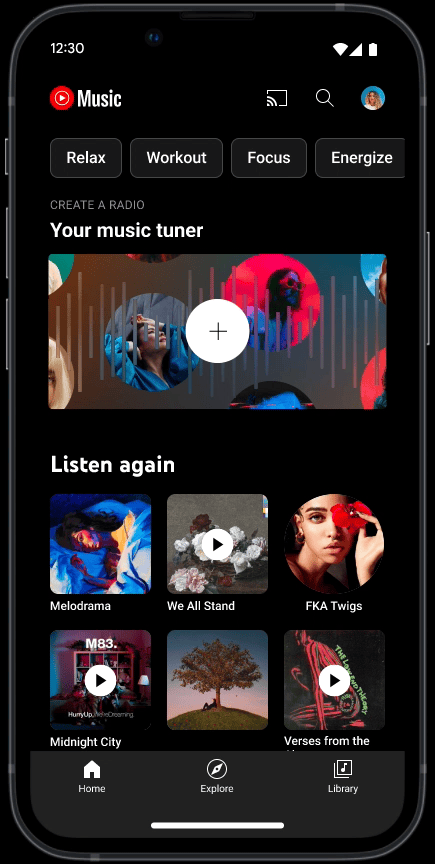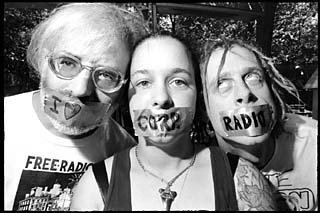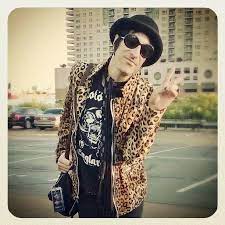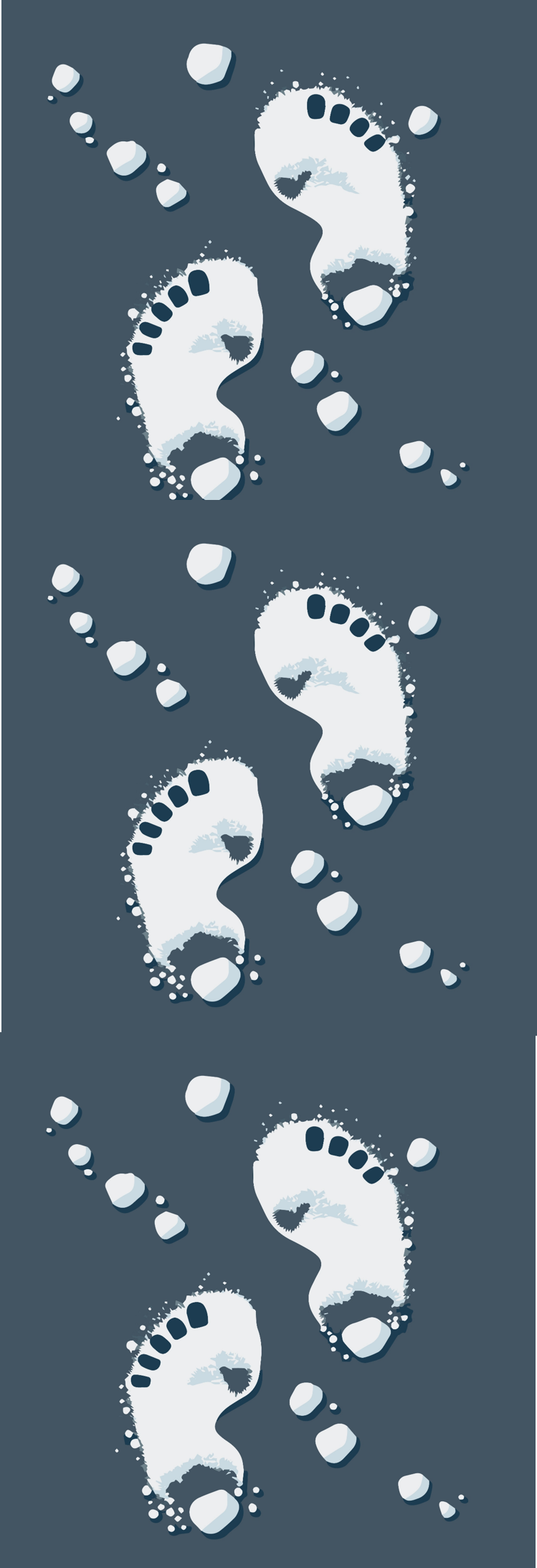What do Spotify DJ & YouTube’s Radio Builder mean for broadcast radio? [Fred Jacobs]
While broadcast radio still has a substantial audience, its numbers are declining partly because of on-demand music streaming, exacerbated, many would say, by a failure to invest in live content. Yesterday Spotify and YouTube launched features that make radio’s road to recovery more difficult.
Or do they?
Top radio consultant Fred Jacobs of Jacobs Media takes a critical look at Spotify’s new AI DJ and YouTube Radio Builder and what they mean for broadcasters and listeners.
by Fred Jacobs of Jacobs Media
A unique and strange occurrence has been taking place inside the world’s biggest tech companies.
They have all created radio-like products.
And all of this has come at a time when many radio broadcasters are struggling financially. To compensate for a flattish radio spot advertising market, virtually every broadcaster has launched digital initiatives.
What a paradox, and an odd state of affairs. The winners, of course, are consumers. But there is so much available content for free or for a monthly fee, many struggle to find entertainment and information content they truly enjoy. With each passing day, new products hit the market, making it even more challenging for the average person to process all these content options.
Yesterday, we saw two more radio-ish products hit the market. YouTube announced a do-it-yourself-radio-station – aptly called “Radio Builder.” (Sorry, I can’t help but hearing those construction sound effects accompanied by “We’re building your perfect radio station…”)
It’s clever. You choose as many as 30 of your favorite (or “core”) artists, tell the algorithm how familiar or deep you want to go, sit back and listen. You can granularly set new/old, familiar/deep by your overall station or even by artists.

For artist-driven radio formats (are you paying attention Classic Rock friends?), it’s an attractive tool that makes playlist personal – without that annoying DJ.
And that’s where Spotify comes in. Their new feature is one that perhaps you’ve been dreading, perhaps for days. An AI “personality” who jocks your favorite music and even refers to you by name.
This one also has a clever brand name – “DJ.” Your on-air personalities or talent may not appreciate the term, but you have to admit, it’s simple and says it.
Still in beta, “DJ” brings that all important voice to playlists using “generative AI.”
How does it sound? Here’s a sample:
Now, the fun part: what do professional radio people think of “DJ” and the quality of the AI announcer?
I’ll start. It’s more than passable. If you didn’t know “X” was generated by an algorithm, you’d likely not pay much attention to it. And that’s why it strikes me that “DJ” is already on an equal digital playing field with most stations’ personalities.
“X” does PPM-friendly breaks. He’s in and out, giving the listener information bites and quick hitting quips – and then it’s right back to the music. He might not become your favorite DJ, but he can make your playlist sound “jocked.”
For those of you who don’t think much of Spotify’s “X,” let me remind you this technology is the worst it will ever be – TODAY. It continues to improve over time, and as we’ve learned in just the past few months, it continues to sound better and better.

A CNET story by Ty Pendlebury explains that in actuality, “X” is real life DJ, Xavier Jernigan. I couldn’t find him in the AllAccess Industry Directory, but he’s on Twitter, self-dubbed as “The Voice of Spotify.” .
The “DJ” feature is available now to Spotify Premium subscribers and only on the mobile app.
So, what do we make of these “advancements in radio?”
Most radio people have come around – often, begrudgingly – to the idea that music has been commoditized by digital media and savvy tech companies. Consumers don’t have to wait for radio to play that new Taylor Swift song – it’s available on myriad formats and platforms on my phone, thank you.
Without commercials or talk.
As a result, radio’s “x factor” (with apologies to “DJ” Jernigan) has been its personalities and its local presence. For many stations, neither is much of an advantage – by choice. Fewer live air talent that actually have (or are allowed to have) a personality, more out of market voicetracking, and less attention to the hometown market have no doubt inspired YouTube, Spotify, Amazon (their AMP feature is another contender) to continue rolling out these “radio-ish” products.

The more broadcast radio dumbs down, sanitizes, and mechanizes its presentation, its music, and its production, the easier for tech companies to create more and more products that aren’t just competitive. For many consumers, they’re as good as if not better. And most are commercial-free at a time when most commercial stations are playing a lot of commercials.
What’s the antidote?
Do better radio. Create better, more relevant content. Showcase talented personalities and let them be….well, themselves. But you know all this.
After all, when you think about the radio talent that are interesting, different, provocative, memorable, and connect with audiences, they don’t sound like AI DJs. They make mistakes. They (sometimes) go off on tangents. They (occasionally) present more than one thought per break.

But on the other side, they are great storytellers. They know things about the music and the community that you don’t know. When there’s bad weather, a hometown team is making a run for the playoffs, a big concert last night, or a new restaurant opening downtown, they’ll tell you about it – often with an interesting, personal spin.
They are friends, companions, Sherpas, curators, and guides that you enjoy hanging out with. Whether they’re cracking our up in the morning, playing your favorite music at work, or talking to you on the phone at night, they’re creating a listening experience.
Many of you will insist that the previous paragraph is pure fiction; that style of radio died years ago or has become a rarity. I will respond those stations still exist, although not in the numbers they once did. But when you look at some of the top-rated stations in many markets, they are breaking those “PPM rules” that have so constricted commercial radio – and still winning. Or maybe we should call it “self strangulation.”

I have to wonder whether a unique selling proposition – our USP – for a handful of stations in local markets is that they’re real, live, and local. Yes, those terms have been bandied about too much in recent years by stations that simply don’t walk that talk.
But for the same reason fans push back on going to concerts or watching “live” musical performances where the songs are lip-synced, will audiences soon be moved by the reminder the radio station they’re listening to is “real” – not an algorithm, a chat bot, or an AI DJ.
When I listen to Jacky Bambam or Pierre Robert on WMMR, I know I’m tuned into live and local personalities. Same with Andy Langer on Austin City Limits Radio. And Jim Ladd on SiriusXM. Janda Lane on the Drive. And Terrie Carr on WDHA. Fortunately, the list goes on. But it’s a shorter list than it was a year ago and the year before that.
(And if I left you out, apologies. Don’t hesitate to comment on why you’re better than an AI DJ.)
The moment of truth is coming. Maybe even faster than most of us might have anticipated. In spite of its legacy problems, broadcast radio still boasts impressive listenership, especially among those of Gen X, Baby Boomer, or the Greatest Generation vintage. Companies like Spotify, YouTube, Amazon, and others are on it, continuing to hack away at the broadcast radio listeners.
Those digital footsteps are getting louder.
You can learn more about YouTube’s “Radio Builder” feature in The Verge here.
You can learn more about Spotify’s “DJ” feature in CNET here.
When you set the bar as low as “more than passable”, it speaks to the deplorable state of many stations. After listening for a while to the DJ, it is everything wrong with “formula” radio. A forced energy. Not quite able to catch the cool or relatable wave. Nothing original. The worst part is that it sounds like Spotify built it based on what they hear on terrestrial radio today. They have a long way to go.